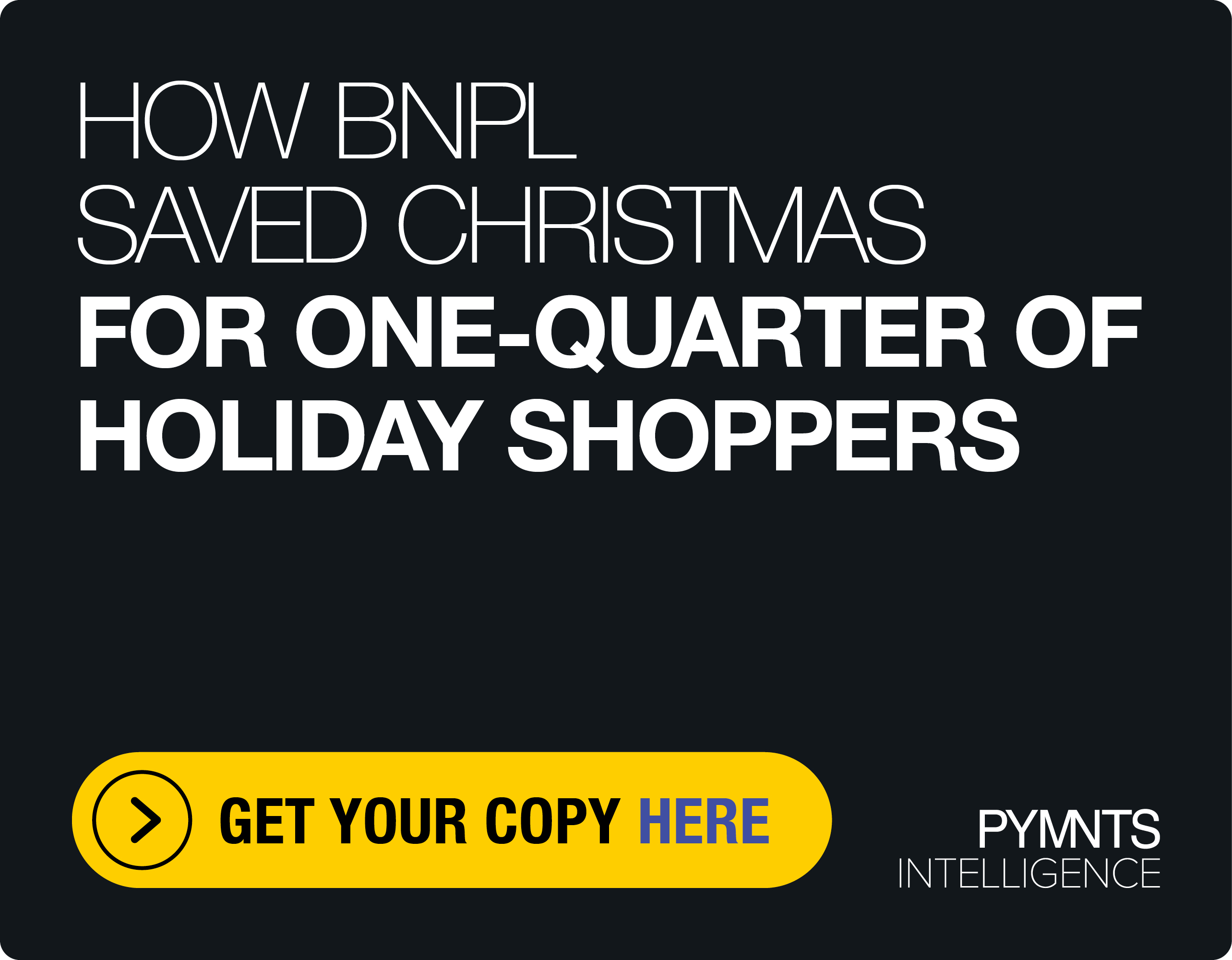Meet the Neobank That Counts Only Doctors as Customers

Picture this: a 28-year-old $400,000 in debt who has never held a job.
Would you give them a loan? Chances are, probably not. And that’s the thought taken by most banks, too.
But, just like most banks, you probably weren’t picturing a doctor — or someone who might be one in a few years.
And while the lending profile of many medical students, residents, fellows and even attending physicians can be a turn off for traditional financial institutions, their lifetime career earning potential shouldn’t be.
“Most banks and financial institutions don’t quite know how to properly engage with doctors and doctors in training,” Michael Jerkins, M.D., president and co-founder at Panacea Financial, told PYMNTS.
“In our opinion, your standard bank mis-assesses the risk of a doctor and a doctor’s practice. And part of that is because, generally speaking, doctors — when they start to make money — have lots of personal debt,” Jerkins said.
And as a doctor himself, just like his co-founder, he has had a front row seat to the round-hole-square-peg dynamic between the financial struggles of physicians and the banking products of traditional banks and financial institutions.
“Understanding your consumer sets you apart, and we know doctors,” Jerkins said. “We can adhere to traditional credit metrics and underwriting, while also understanding some kind of population specific data.”
That’s why, of the $450 million in total financing Panacea Financial has provided to-date, every cent has gone to medical professionals or doctors-in-training.
Read more: AI Poised to Drive Small Business Lending Decisions
A Digital Neobank Tailored for Medical Professionals
Traditionally, lending decisions are based on the five C’s of character, capacity, conditions, capital and collateral, and Jerkins emphasized that the character piece is crucial in understanding doctors’ financial situations.
Doctors, with demanding schedules, frequently find it challenging to engage with traditional banking during regular hours. As a neobank, Panacea Financial addresses this by offering a completely digital experience with 24/7 concierge-level service. The trust factor is vital, Jerkins explained, considering doctors may view proactive engagement from financial sectors as potentially predatory.
“You go online and you’ll see businesses advertising to the doctor segment with people wearing white coats, etc., but then you get on the phone with them and they don’t know what a resident is. They don’t understand that you have $400,000 of debt, but you’re actually still a strong borrower,” Jerkins said.
Panacea Financial, which partners with Primis Bank to deliver banking services, provides a range of financial services, including personal loans, student loan refinancing, checking and savings accounts, and commercial banking for practices, with the underwriting metrics for each built around specific centers of knowledge.
See also: Young SMBs Can’t Find Enough Business Financing
How Digital Platforms Shape Financial Health
Having just raised a $24.5 million Series B round, Jerkins said that Panacea Financial plans to enhance its technology. The focus is on creating a best-in-class digital banking experience, both externally for users and internally for bankers.
The goal is not just providing seamless transactional interactions, but also adding value to doctors’ daily lives.
“It’s not a churn and burn situation, our focus is to be the bank of choice for doctors nationwide,” Jerkins said.
After all, working capital is the lifeblood of businesses of all sizes, and to those companies just starting, access to financing can mean the difference between stagnation or growth — and the situation is no different across the medical practice landscape.
Many firms look to alternative sources to fill these lack-of-financing gaps, and sector-specific offerings that draw on unique knowledge to inform the way credit products are structured are increasingly stepping in to meet this growing need.
Still, when the lack of business financial sources is limited, often business owners need to resort to their own personal accounts in order to support their business.
Per PYMNTS Intelligence findings, more than 15% of small- to medium-sized businesses have leveraged personal loans from a bank to face business contingencies, while nearly 25% have used personal credit cards to finance their business.
“What we’re glad about is that we know our niche very strongly, and we’re continuing to see new opportunities within the doctor banking space,” Jerkins said. “And it’s an evergreen market of people who will always have a job.”

